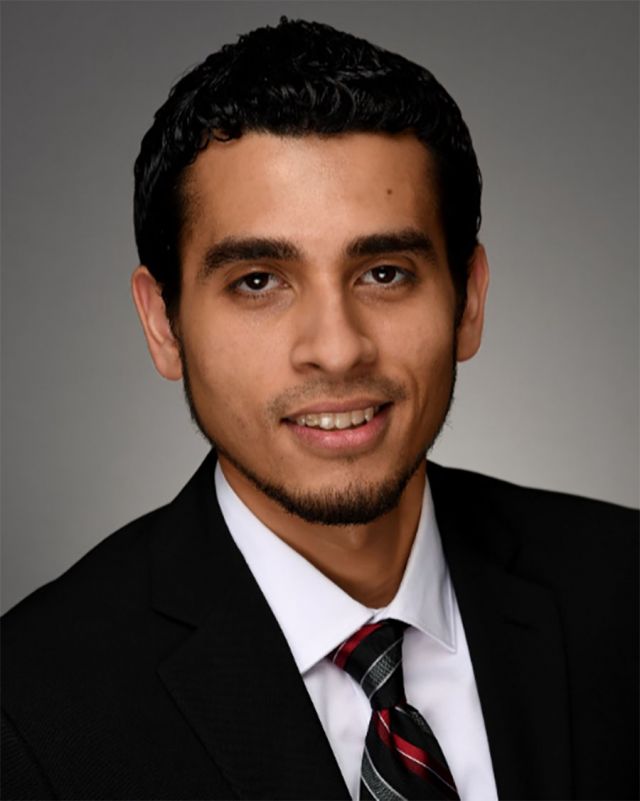Danyal Siddiqui: The Angiogenic Role of Hyaluronic Acid Molecular Weight in Biomaterials for Spinal Cord Repair

SEMINAR (Zoom)
This UC Next Seminar will be hosted online via Zoom. RSVP to receive the zoom link by emailing info@bioengineering.ucsb.edu.
Zoom will open after the host has joined at the start of each seminar. You can ask questions through the chat forum and by raising your "hand" and the speaker will call on you.
Speaker
Danyal Siddiqui
9:00 am via ZOOM
Title: The Angiogenic Role of Hyaluronic Acid Molecular Weight in Biomaterials for Spinal Cord Repair
Abstract
There are currently no treatments that can fully restore function and regenerate tissue after spinal cord injury (SCI). This is due to the complex pathophysiology of SCI which presents several barriers to functional repair such as chronic inflammation and glial scar formation. The injury also induces enzymatic degradation of the spinal cord extracellular matrix (ECM), which is rich in high molecular weight hyaluronic acid (>300 kDa, HMW HA). Despite its relatively simple structure, the MW of HA has profound effects on its bioactivity. HMW HA in the intact spinal cord acts to maintain quiescence of neural stem cells, astrocytes and immune cells. After injury, native, HMW HA is degraded into low MW (LMW) fragments (<200 kDa) that initiate the wound healing response. As healing progresses, the HMW HA ECM re-establishes resolving the inflammatory response. In SCI, the wound healing process stalls. HA hydrogels have shown promise in laboratory studies for SCI treatment, however the MW-dependent functions of HA have yet to be fully explored. One major limitation of any biomaterial strategy is vascularization of the regenerated tissue, which has been shown to improve SCI outcomes. Endothelial cells (EC), which form blood vessels, experience an HA MW-dependent bioactivity, where LMW HA promotes EC proliferation and migration, activities inhibited by HMW HA. This study aims to thoroughly characterize the HA MW-dependent bioactivity of human brain microvascular endothelial cells (HBMVECs), and how this bioactivity is affected when incorporating HA into annealed macroporous, microparticle scaffolds (AMMS) made up of annealed HA microparticles.
BIO
Danyal A. Siddiqui received a B.S. in Biomedical Engineering at The University of Texas at Dallas (UTD) in 2015. The following year, he completed his M.S. in Biomedical Engineering at UTD; his thesis topic focused on evaluating the corrosion and wear behavior of a novel multifunctional coating for biomedical alloys. He continued with the Ph.D. program in Biomedical Engineering at UTD and recently defended his dissertation on the biological, mechanical, and surface properties of zirconia dental implants versus conventional titanium. Currently, he is actively pursuing postdoctoral training, preferably in the fields of oral microbiology and disease.